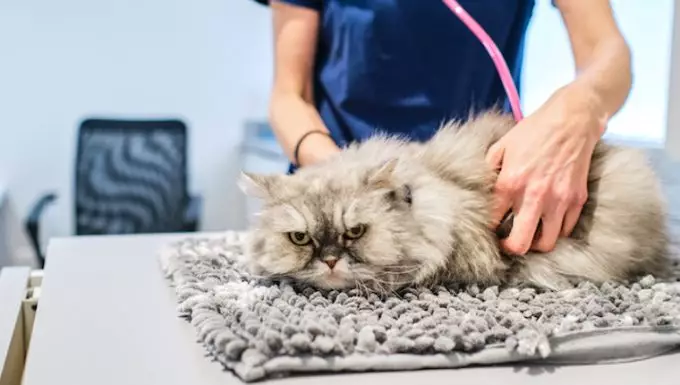Renal tubular acidosis (RTA) is an uncommon yet concerning health issue that can affect felines, primarily targeting their kidney function. This condition impairs the kidneys’ ability to excrete acid through urine, leading to an imbalance in the body’s pH levels. Notably, many cats experiencing RTA may also show elevated potassium levels in their blood, a condition known as hyperkalemia. Even though RTA in cats is relatively rare, every cat owner needs to be vigilant and well-informed about its implications.
Detecting RTA early is crucial for effective management and treatment. The symptoms associated with this condition are diverse and can significantly impact a cat’s quality of life. Common signs include:
– **Dehydration**: Frequently, cats will exhibit signs of dehydration due to increased urination.
– **Increased Urination**: A marked rise in urination can be observed as the kidneys struggle to process acids.
– **Lethargy and Anorexia**: Cats may seem unusually tired and show an unwillingness to eat, which can exacerbate their symptoms.
– **Vomiting and Panting**: Some cats may vomit or pant, indicating potential distress or discomfort.
– **Fever and Blood in Urine**: These more serious symptoms warrant immediate veterinary attention, as they can indicate underlying infections or significant health issues.
Recognizing these symptoms can guide cat owners in seeking prompt veterinary care.
Causes and Risk Factors
Identifying the root causes of RTA can be complex, as they range from underlying medical conditions to congenital factors. Some of the notable causes include:
– **Kidney Infections**: Often, bacterial infections may lead to impaired kidney function.
– **Congenital Disorders**: Some cats may be born with kidney abnormalities that predispose them to RTA.
– **Toxic Exposure**: Accidental ingestion of harmful substances like antifreeze or certain cleaning agents can lead to this condition.
– **Liver Issues**: Liver disease can also contribute to acid-base imbalances in the body.
In some cases, the cause of RTA remains unknown, categorized as idiopathic, highlighting the complexities surrounding this condition.
The pathway to a proper diagnosis typically begins with a thorough examination by a veterinarian. During the consultation, the vet will inquire about symptoms and the cat’s medical history, followed by comprehensive tests including blood, urine, and electrolyte evaluations. Analyzing blood gas composition can provide additional insights into the presence of RTA.
Treatment usually requires hospitalization, where measures to stabilize the cat will be taken. Medications such as sodium citrate and potassium citrate are commonly administered to restore balance in the body’s acid levels.
Once stabilized, creating a conducive recovery environment at home is essential. This includes offering fresh water regularly and establishing a calm atmosphere to reduce stress.
Understanding renal tubular acidosis and recognizing its symptoms helps cat owners take proactive measures for their feline companions. Although the condition is rare, timely intervention can significantly improve outcomes. Every pet owner should maintain open communication with their veterinarian regarding their cat’s health to ensure any signs of distress are addressed quickly. By fostering awareness and prioritizing their cat’s well-being, owners can play a vital role in managing this challenging condition.


Leave a Reply